Revisiting Our Lady Of Candelaria Parish of Silang Cavite and its 3-Century Old Retablos
Early this year (just few days after the Feast of Nuestra Señora de Candelaria), my mom and I were able to visit Silang Church. It was the first time we went out together ever since the pandemic started. The plan is to visit the church in Silang and a Korean Temple nearby. We always include Nuestra Señora de Candelaria Parish in Silang every time we have a pilgrimage in Cavite (usually during Holy Week) and this church never failed to amaze me, especially when you see its beautiful retablos up-close.

Our Lady of Candelaria Parish or commonly known as the Silang Church was first established on February 3, 1595 by the Franciscans. They initially built a small chapel and a school made of light materials and was first dedicated under the patronage of San Diego de Alcala. The Franciscans took over the church until 1611 and was soon transferred to the Jesuits. The Jesuits were assigned to Silang in May 1599 due to the request of an encomendero. When the church and school built by the Franciscans was destroyed by fire on August 30, 1603, they were transferred in a new location and made even larger. The stone church was built from 1637 to 1639 under Fr Juan de Salazar and was placed under the patronage of Nuestra Señora de Candelaria in 1640.
Since then, the parish was administered by many different congregations. When the Jesuits were expelled from the Spanish colonies, the parish was taken over by the secular clergy in 1788, the Augustinian Recollects in 1849, back to the secular clergy in 1868, Congregation of the Immaculate Heart of Mary (CICM) in 1910, seculars in 1913, Columbans in 1936 and is now administered by the secular clergy since 1978.
Compared to other Jesuits churches in the country that were built under the auspices of Fr Juan de Salazar like the soon-to-be International Shine – Antipolo Cathedral and the San Ildefonso de Toledo Parish in Tanay, Rizal, Silang Church is a typical baroque church without any elaborate and magnificent ornamentation on its facade. The lack of magnificence on Silang church was due to the death of Fr. Salazar in 1645 who primarily administered the church construction.
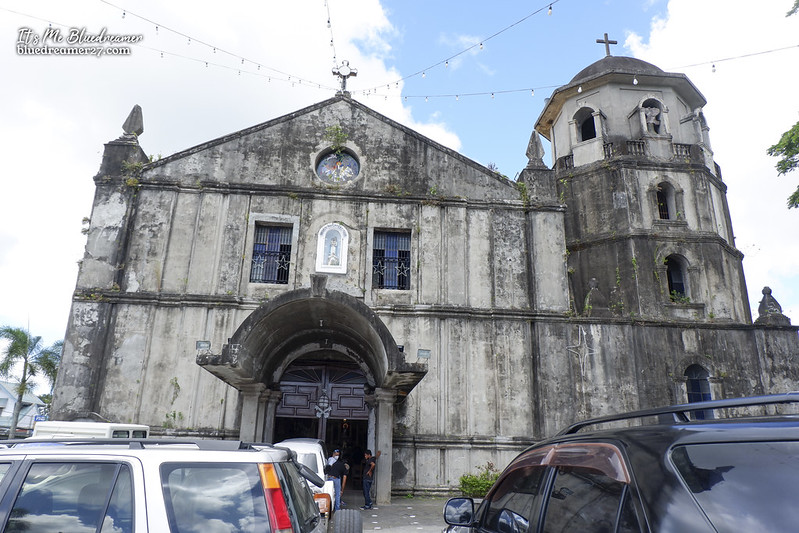
The façade of Silang Church

Windows and pediment
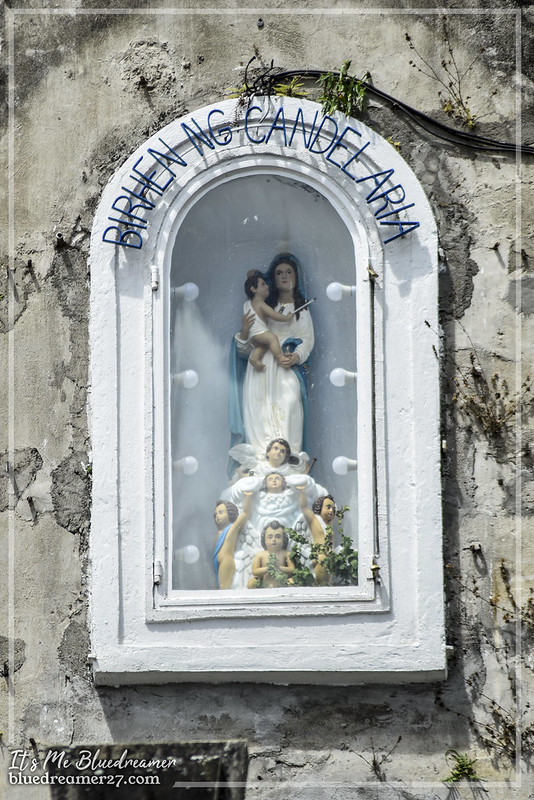
The Statue of Our Lady of Candelaria in the facade of Silang Church
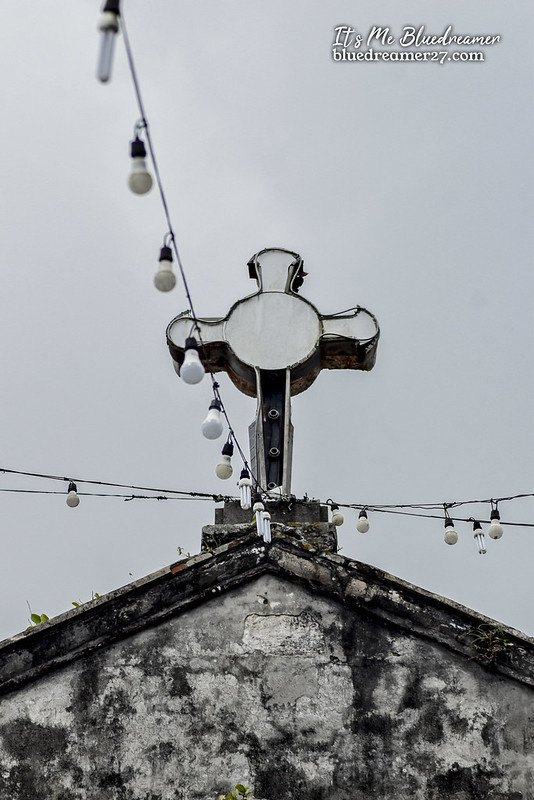
The cross on top of the church’s pediment

The rose window dedicated to Diego Masanga
The facade comes with a large concrete porch. There is also a small niche on the center that is placed in between two simple windows that enshrines the image of Our Lady of Candelaria. The pediment features a rose window that is dedicated to Diego Masanga. Masanga discovered the miraculous image of Our Lady of Candelaria in the late 16th century. Interestingly, he was a priest of an indigenous religion but eventually embraced Christianity.

The belfry
It has a four story belfry connected to the main church. The first floor is four sided while the rest of the floors are octagonal. The fourth story of the belfry was destroyed in the 1880 earthquake and was only restored to its original height in 1989, after a hundred years. You can also spot thick buttresses surrounding the church.
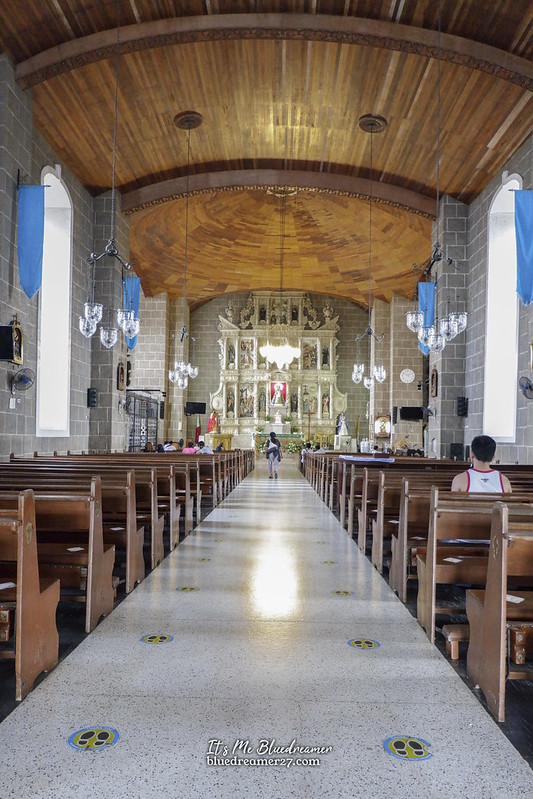
The interior of Silang Church

The central nave and the main altar
The interior of Silang Church is equally simple and is notably built with less ornamentation. The sides of the church comes with a series of large niches of glass windows.
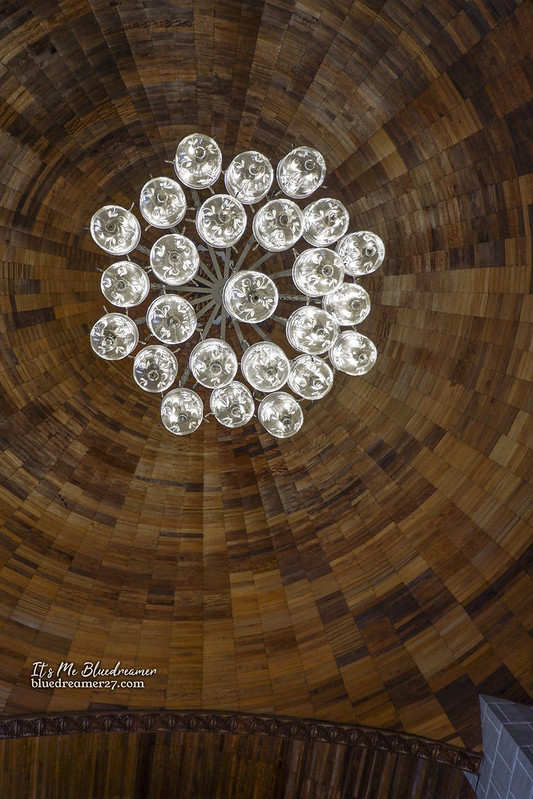
The rustic ceiling and glass chandelier

The ceiling features wood tiles that remind me of Saint Mary Magdalene Church in Kawit, Cavite. It is adorned with beautiful glass chandeliers.

The three grand retablos of Silang Church
Despite the apparent simplicity of the church’s overall design, the retablos of Silang Church will surely put you in great awe. The retablos of Silang falls under the baroque style and is built from 1643 to 1663 which makes them more than 3-century old. The church as three beautifully and intricately ornate retablos.

Intricate details of the altar

One of the Angels holding shield
It features both ionic and Corinthian pillars and is beautifully decorated with floral details and cherubs. On top of the altars are statues of angels holding shields. The presence of local styles such as plants, fruits, volutes or circular designs and millipedes made the retablo of Silang distinct and unique. In fact, The church and the retablos of the Our Lady of Candelaria Parish was declared National Cultural Treasure by the National Museum of the Philippines on 3 February 2017.
One of the side altars is dedicated to women saints, saints in the New Testaments and martyrs while the other one was dedicated to the Jesuit saints. So i decided to do my research to know every detail of the altar’s iconography.

One of the side altars dedicated to Women saints and martyrs
Located on the left side of the church is the altar dedicated to women saints and martyrs. The first and second level has three niches while the third level has a single niche. All the altars feature wood-carved bas reliefs. The first level features the images of Saint Catherine of Alexandria, Saint Teresa of Avila, and Saint Agnes. The second level features the images of Saint Bartholomew, Saint Anthony of Padua, and Saint Ursula. The third level features the scene from the Calvary (Saint Mary Magdalene below the crucified Christ).
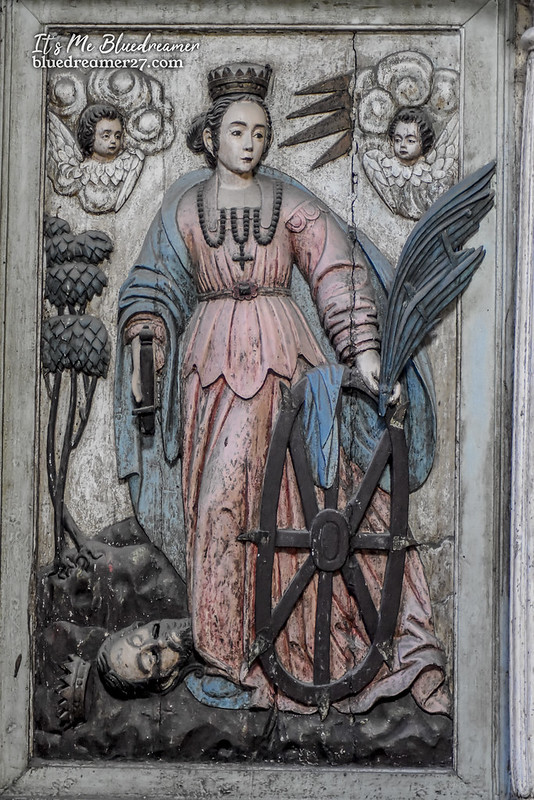
Saint Catherine of Alexadria (Santa Catalina de Alexandria)

Santa Catalina
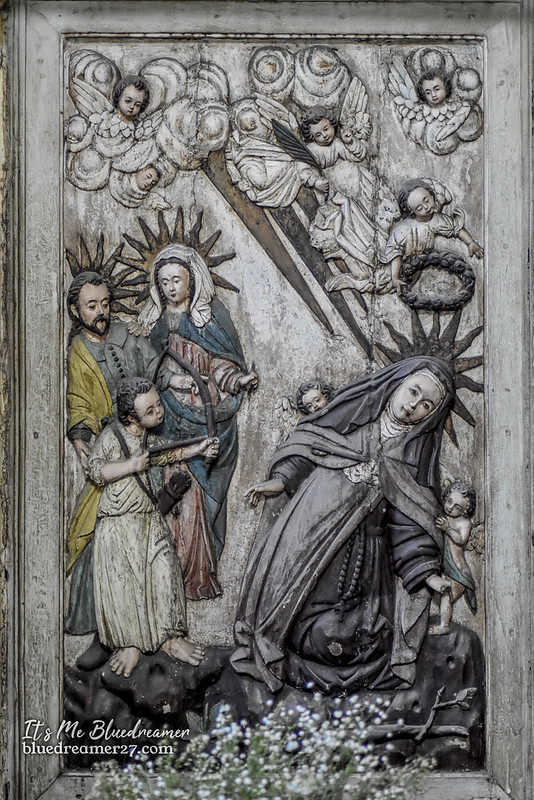
Saint Teresa of Avila

Saint Teresa of Avila
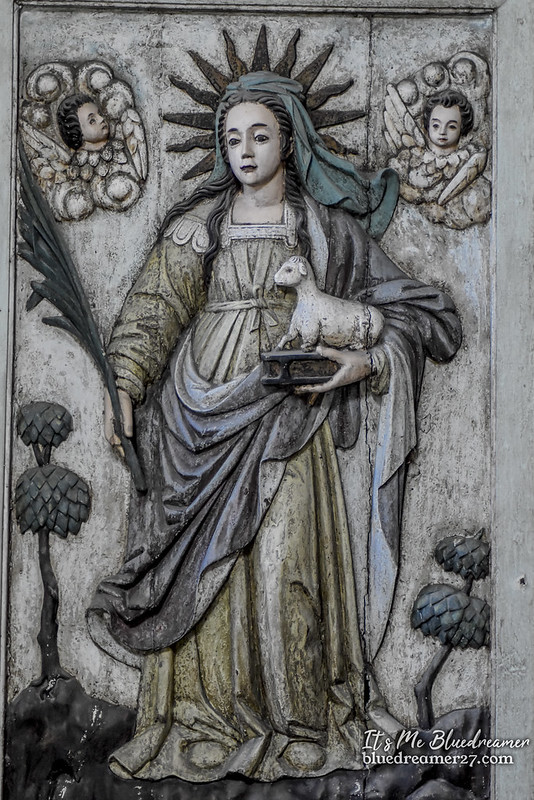
Saint Agnes

Saint Agnes
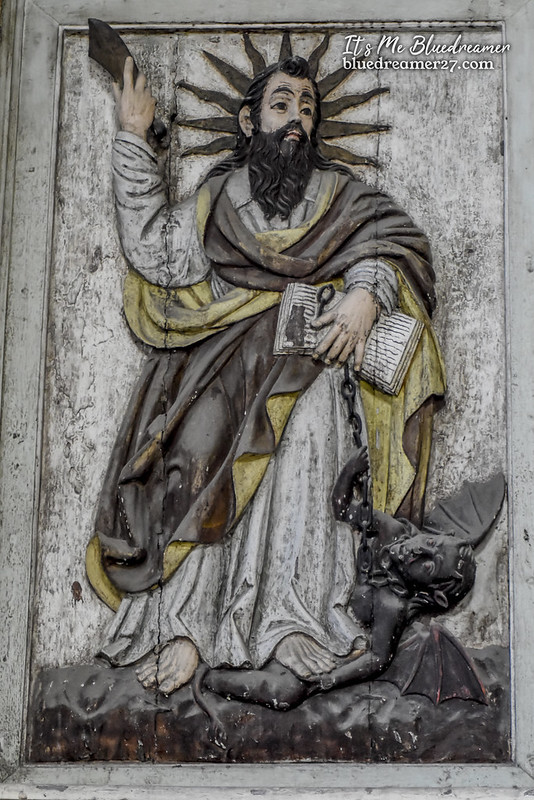
Saint Bartholomew (San Bartolomeo)

San Bartolomeo

San Antonio de Padua

San Antonio de Padua
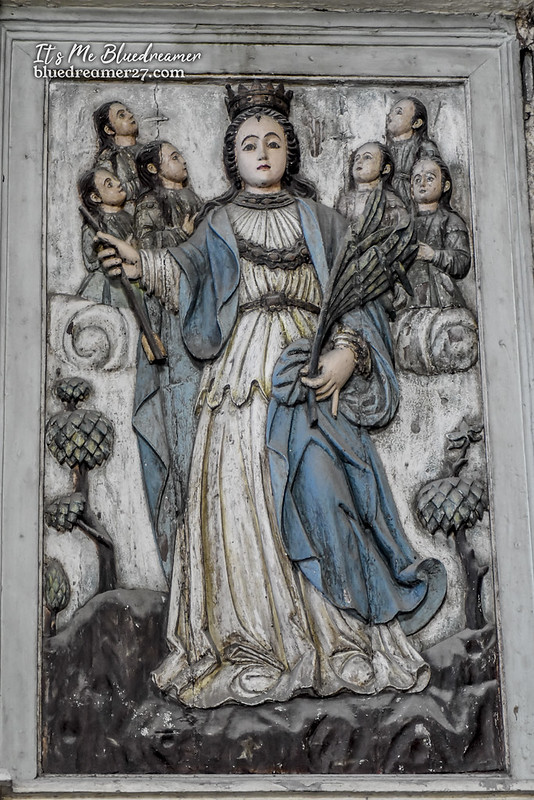
Saint Ursula

The Calvary
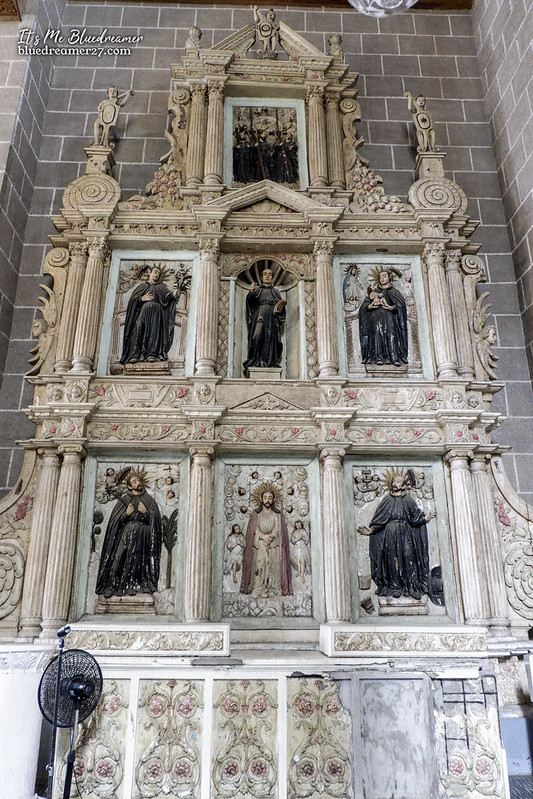
The altar on the right is dedicated to Jesuit Saints. The first level features the images of Saint Francis Xavier, the Bound Christ, and Saint Francis Borgia. The second level is dedicated to Saint Aloysius Gonzaga, San Ignacio Loyola, and Saint Stanislaus Kotska. The uppermost level is dedicated to three Japanese Jesuit Martyrs Paul Miki, John Goto, and James Kisai.
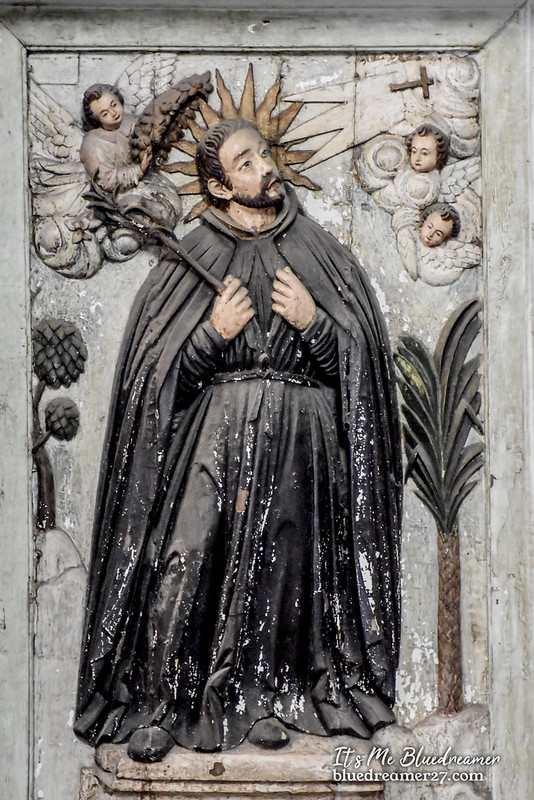
Saint Francis Xavier

The image of Bound Christ or Señor Jesus Sentenciado
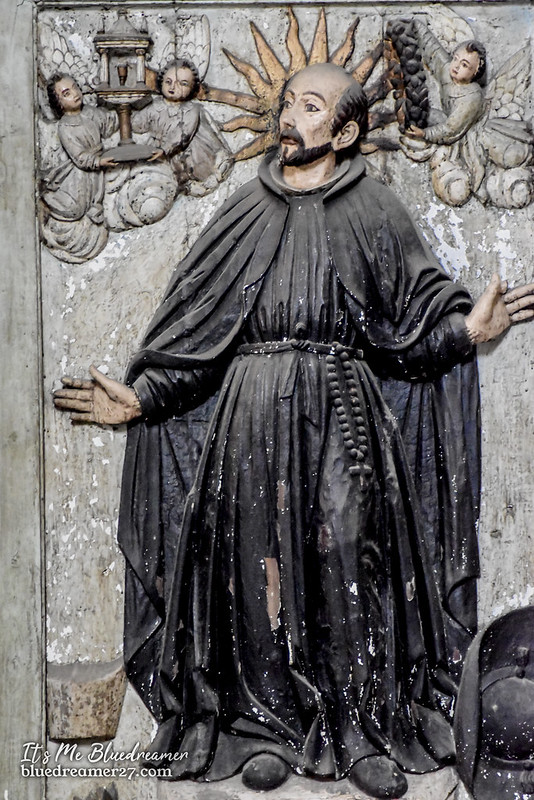
Saint Francis Borgia

Saint Aloysius Gonzaga

San Ignacio Loyola

Japanese Jesuit Martyrs Paul Miki, John Goto, and James Kisai
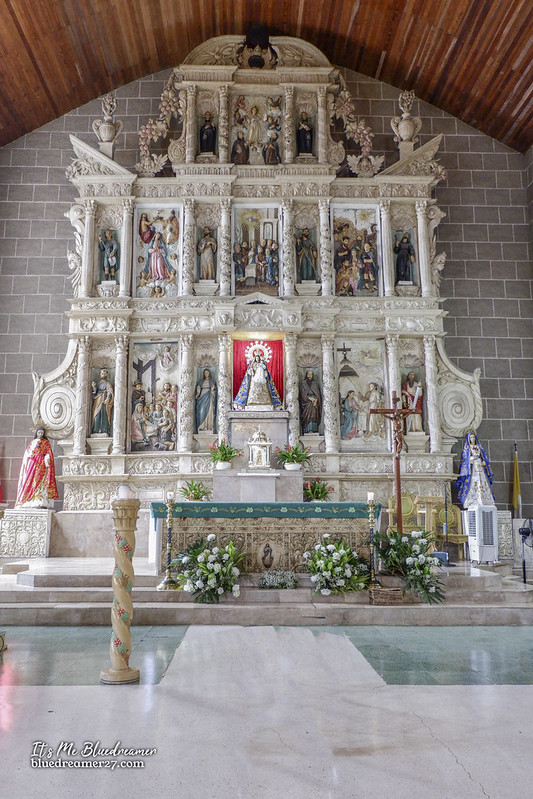
The main altar or retablo mayor
The altar mayor is the largest and highest altar among the three altars and known relieves depicting the story of Jesus in the life of Mary based on the mysteries of the Holy Rosary. It has three levels, seven alternating niches for saints and relief and same divisions like the side altars.
The six relieves:

A Bas-relief depicting the “Panunuluyan” (Mary and Joseph in search for lodging in Bethlehem

The Visitation of Saint Gabriel to Mary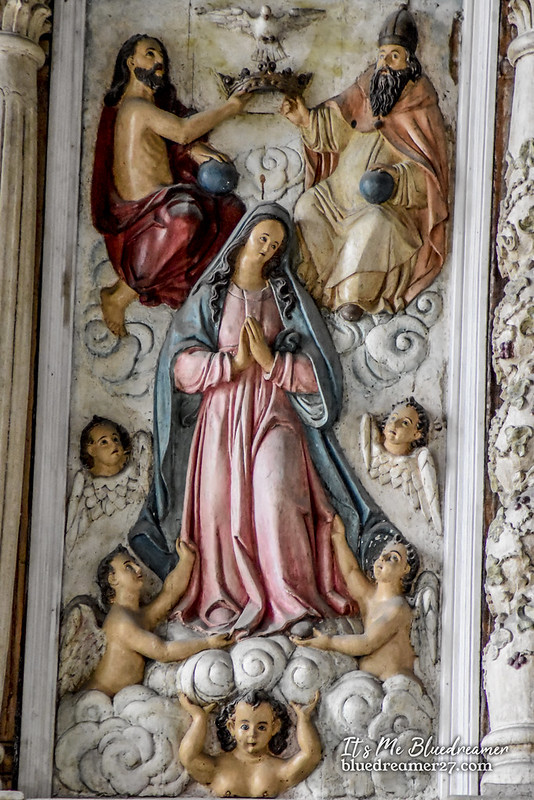
The Coronation of Mary

The Presentation of Jesus at the Temple
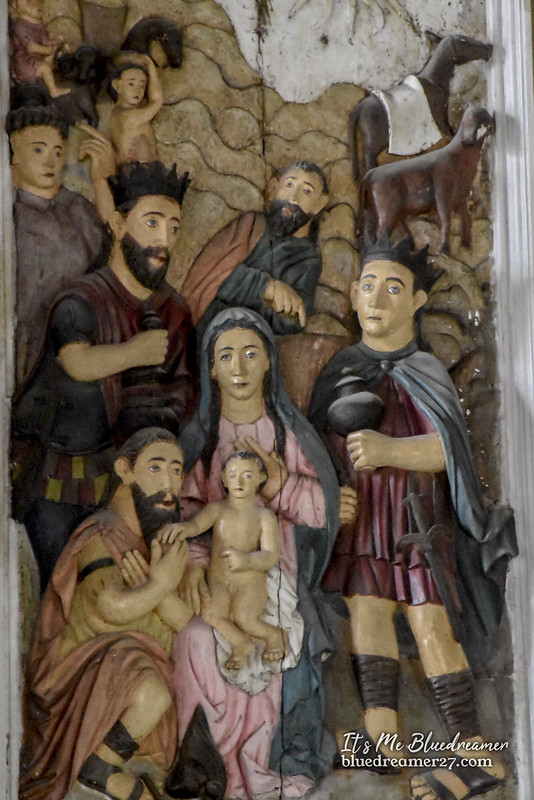
The Three Kings

The image of Santo Niño de Ternate

Saint Peter the Apostle

Saint Anne (Mary’s Mother)
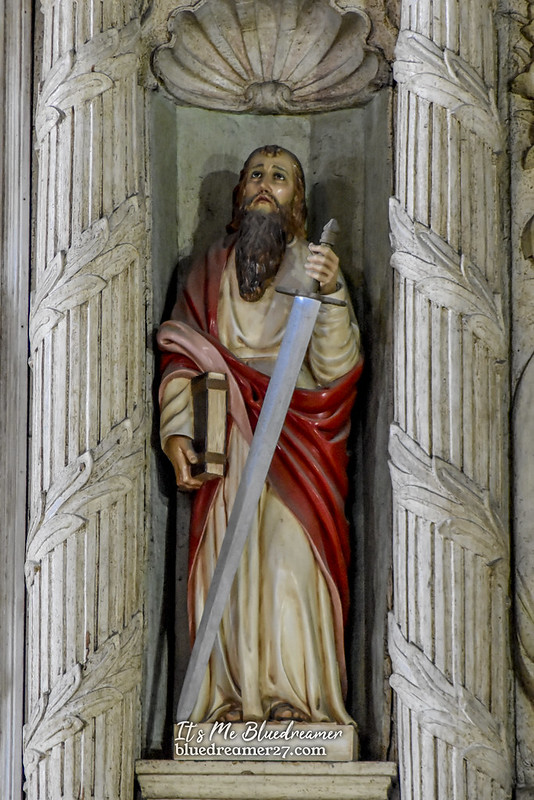
Saint Paul
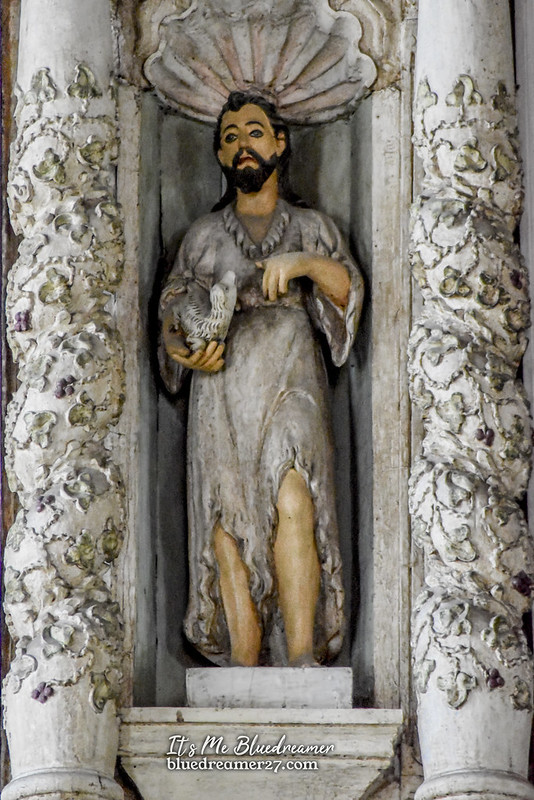
Saint John the Baptist
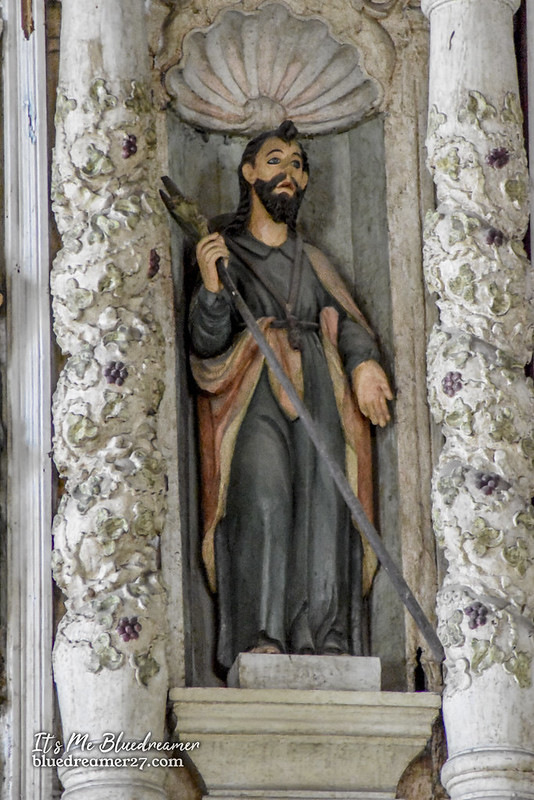
Saint Joseph

San Diego de Alcala
The main altar also features the images of Saint Isidore the Farmer and Saint Joachim (Mary’s Father)

Our Lady of Candelaria of Silang
Located at the heart of the main altar is the image of their patroness – Nuestra Señora de Candelaria.
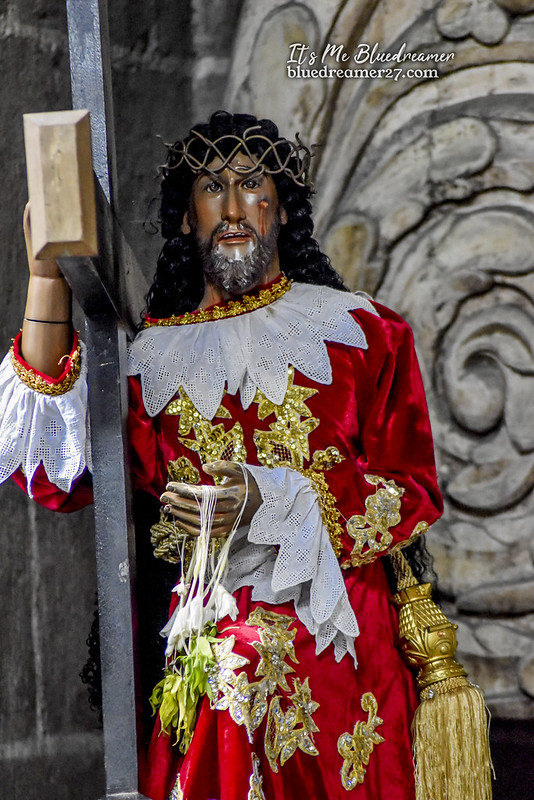
Señor Nazareno

San Roque

Santo Entierro
You can also revisit some of my old blog posts about other churches in Cavite. Since most of my blogposts about Cavite Churches are dated 2014 to 2016, i will attempt to revisit them again soon with updated details and photos
- San Roque Parish Church/ Diocesan Shrine of Our Lady of Porta Vaga -Cavite City
- San Pedro Apostol Parish – Cavite City
- The Most Holy Rosary Parish – Rosario Cavite
- Diocesan Shrine of Saint Augustine / Santa Cruz Parish – Tanza Cavite
- Diocesan Shrine of the Immaculate Conception – Naic, Cavite
- San Isidro Labrador Parish – Naic, Cavite
- Our Lady of the Assumption Parish – Maragondon
- Saint Francis of Assisi Parish – General Trias
- Saint Jude Thaddeus Parish – Trece Martires Cavite
- Santo Niño de Ternate Parish – Ternate Cavite
- Saint Joseph Parish – Bailen, Cavite
- Saint Mary Magdalene Parish – Kawit
- Our Lady of Fatima Parish – Kawit
- Santo Niño de Molino Parish – Bacoor
- Our Lady of the Pillar Cathedral – Imus
- Fatima Churches in Cavite
- Immaculate Conception Parish – Dasmariñas
- Saint Gregory The Great Parish – Indang
- Saint Augustine Parish – Mendez
- Our Lady of Lourdes Parish – Tagaytay
- Pink Sisters Convent – Tagaytay
- Angels Hills – Tagaytay
- Ina ng Laging Saklolo Parish – Tagaytay
- Our Lady of Candelaria Parish – Silang (2015)
Sources: Kasaysayan ng Bayan ng Silang / Sundays in Manila (Robert Boyer) / Ang Matandang Simbahan ng Silang (Phillip Medina)



Pingback: An Instagrammable Korean Temple in Silang, Cavite - It's Me Bluedreamer!
Pingback: Divine Mercy Parish in Biluso, Silang, Cavite - It's Me Bluedreamer!
wonderful article, awesome details and photos! may i know how i can get there by taking the silang bus from pasay? thank you.
Hi, you can take the bus bound for PITX. from there you can ride a jeep or bus that will pass by Kalaw (you can take those bus or jeep bound for Quiapo or Lawton then tell the driver to drop you off at Kalaw or just mention Manila Zoo)